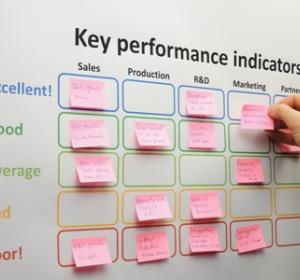‘Getting the right data to the right people at the right place and time’ is the essence of the whole concept of data management. You can plan big steps for the long-term while making small steps to improve the situation in the short-term perspective.
FP&A Insights
FP&A Insights is a collection of useful case studies from leading international companies and thought leadership insights from FP&A experts. We aim to help you keep track of the best practices in modern FP&A, recognise changes in the ever-evolving world of financial planning and analysis and be well equipped to deal with them.
Stay tuned for more blogs and articles from great authors.
In this FP&A Talks, we speak with Thomas Lundell, Finance Director and Chief of Staff for Enterprise Countries at NetApp. Thomas shares his story of how he took part in building and transforming the FP&A team at NetApp. FP&A Talks is a collaboration between FP&A Trends Group and Anders Liu-Lindberg
Setting targets and defining KPIs is one of the key tasks of FP&A professionals. Defining KPIs is tricky. When properly done they can really drive performance, but sometimes it is the other way around. We see this in the following practical example of the application of the Logical Thinking Process methodology for problem solving.
One of the most dramatic movements in the Brexometer saw the Accountagility Index (AAX) rising 69 basis points to 5.68, from 4.99 last time, following the news of a sweeping Conservative victory in the UK General Election.
Pagination
Subscribe to
FP&A Trends Digest

We will regularly update you on the latest trends and developments in FP&A. Take the opportunity to have articles written by finance thought leaders delivered directly to your inbox; watch compelling webinars; connect with like-minded professionals; and become a part of our global community.





